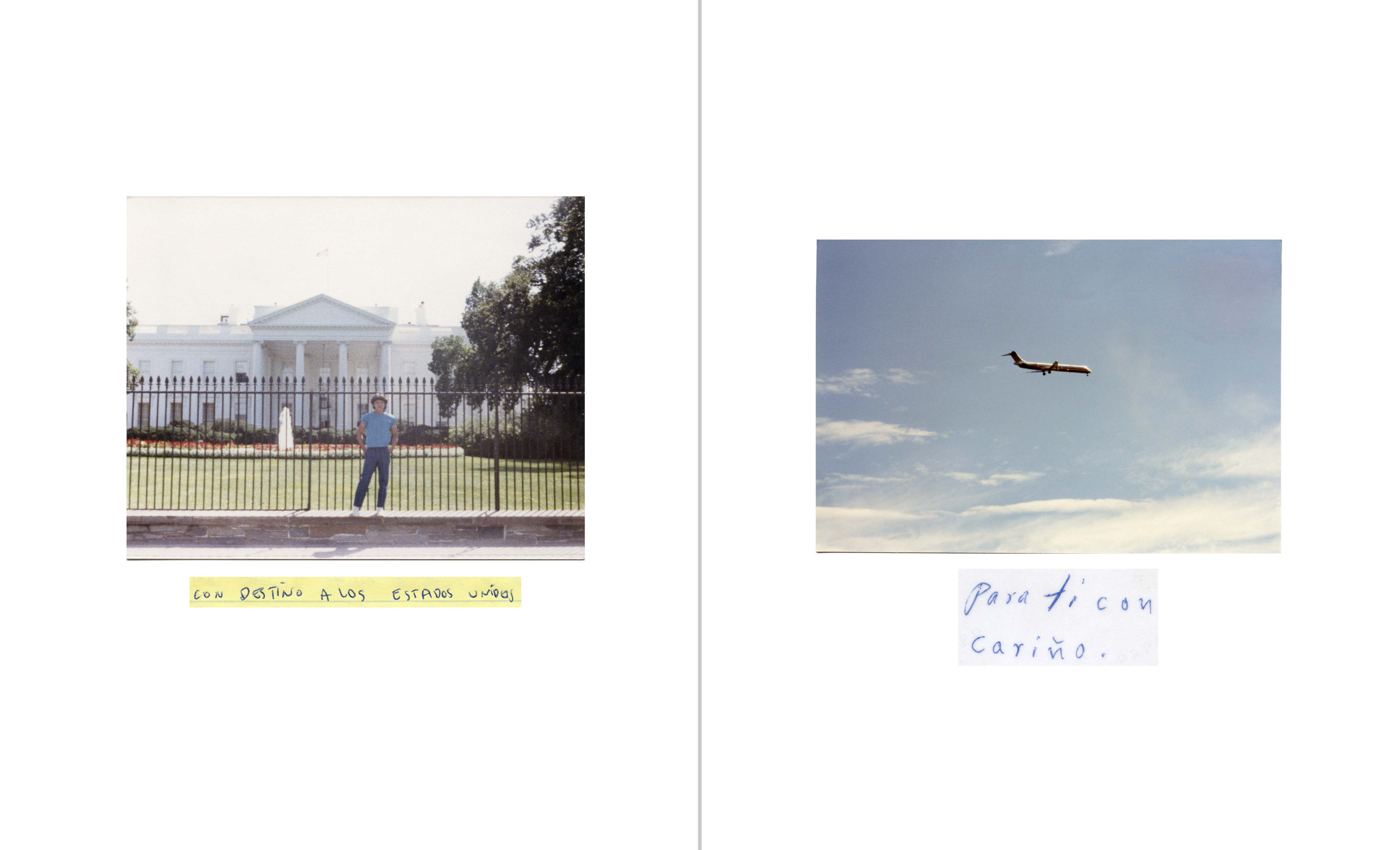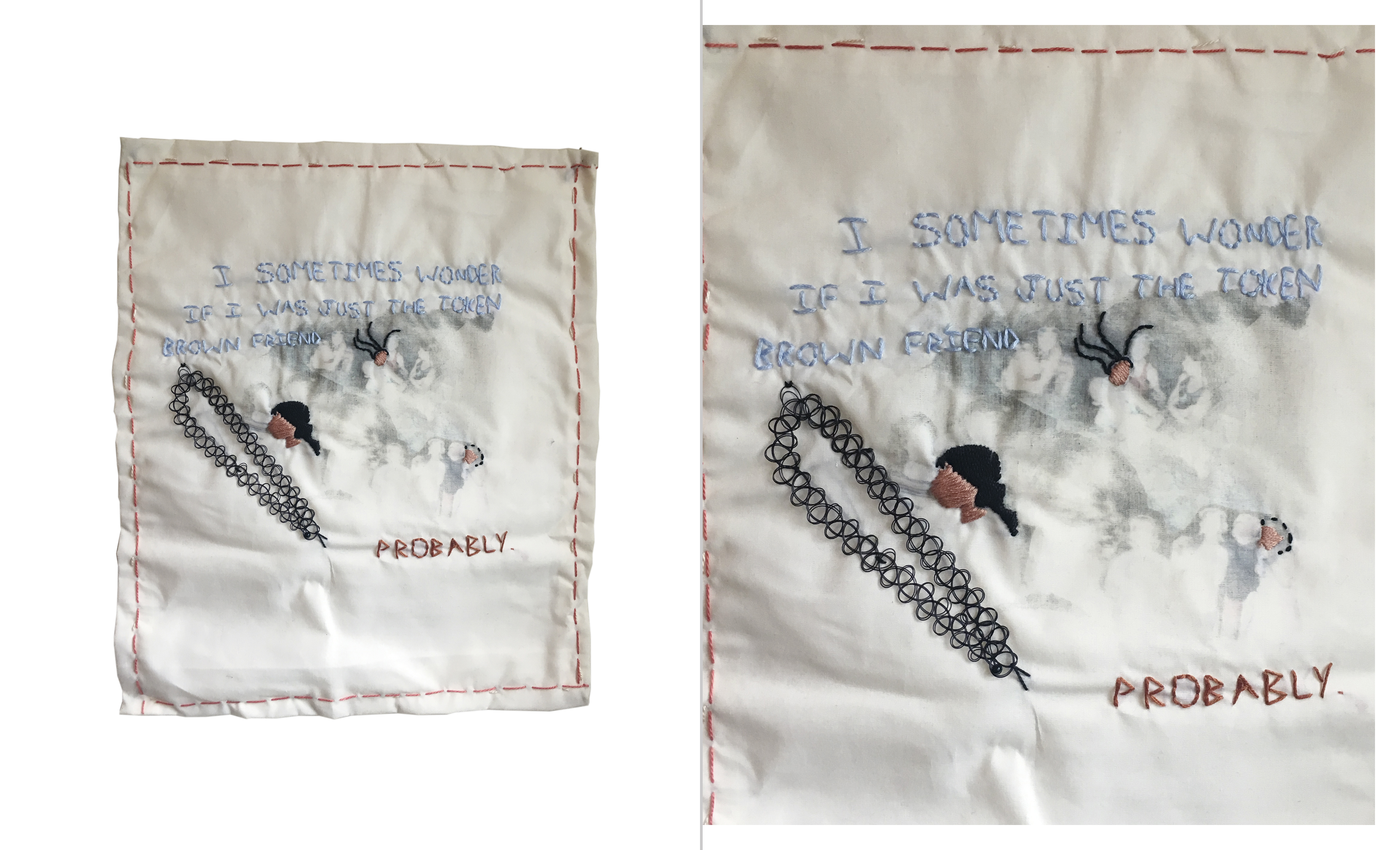Latin American art history often forgets the contributions of painters, poets, sculptors, photographers, and ceramicists from Central America. Rarely mentioned is June Beer, an Afro-Nicaraguan painter from the Bluefields, whose African, feminist and pro-rebel work during the Sandinista revolutionary movement landed her in jail twice. Neither do we hear about El Salvador’s Noe Canjura, a peasant-turned-famed painter whose landscapes are considered among the greatest in France, or Panamanian poet Amelia Denis de Icaza, whose sorrowing patriotic writing during the construction of the Panama Canal came to represent the mood of her people at the time. To ensure their place in art doesn’t go unacknowledged any longer, a new magazine has cropped up to highlight the works of current artists of Central American descent.
La Horchata Zine is a seasonal publication creating space for people of Nicaraguan, Honduran, Guatemalan, Panamanian, Costa Rican, Belizean, and Salvadoran ancestry to display their work. But with Central Americans being the fastest-growing population of Latinos migrating to the United States, it’s also a site for a swelling, diverse community hungry for representation to see themselves, their culture, and their history reflected in print.

“There are different art magazines online right now that are focused on Latinos, but a lot of times it’s Chicano or South American artists. Central America is forgotten about a lot, but there are so many Central Americans in the country right now, and a lot of us are artists. It’s nice to have a place as a Central American where you can relate to the work or see our voices,” co-founder Veronica Melendez tells me.
“Central America is forgotten about a lot, but there are so many Central Americans in the country right now.”
For two years, the photographer-illustrator talked about the need for this art book with her friend, Kimberly Benavides. On a whim, the the two launched La Horchata Zine in November. The Washington, DC-based Salvadoran-Guatemalan Melendez saw a call for submissions for the DC Art Book Fair and signed up without a publication in development. To her surprise, they landed a table at the event, leaving them with just two weeks to materialize the publication they had daydreamed about for so long.
The first issue, Otoño, is a beautiful 44-page paperback zine featuring the works of six artists, including both founders. The publication is comprised of photography, graphic design, embroidery and poetry, with each artist drawing inspiration from their Central American heritage, either through aesthetic or theme. Melendez’s vibrant illustrations, for instance, depict items and foods found in her household, from La Morena canned peppers, to Maseca corn flour, to margarita cookies. Meanwhile, Benavides’ collection of old family photos examines loving across socially constructed borders.

“People think that there are no Central American artists, but it’s really that they’re not being highlighted. It’s there. We found it. It exists. There’s just not a lot of connections for them to have that platform, but we made that platform because we know we have to show this work,” says the part-Salvadoran, part-Argentine Benavides.
“It was hard to learn to love my roots in an environment like that, where different cultures weren’t celebrated often.”
But the zine, like art more broadly, offers much more than a reflection of self. It’s also a way for artist and spectator to feel affirmed in their experiences and navigate their lives as Central Americans in the US, or other diasporic communities. In Elizabeth Fernanda Rodriguez’s pieces for the publication, the artist tackles issues like microaggressions, tokenization and assimilation. The Salvadoran DC native transfers old photos and objects found in her home to fabric, embroidering quotes, thoughts and reflections to create a powerful, and very personal, body of work. In one piece, the 23-year-old embroiders “It was hard to learn to love your brownness in North Arlington” over a childhood photo of her alongside other children. In another, she writes, “I sometimes wonder if I was just the token brown friend …. probably” over three youth group photos. In each, her face is covered with brown needlework, emphasizing the dissonance between her and her white friends.
“It was hard to learn to love my roots in an environment like that, where different cultures weren’t celebrated often and, when they were, it being turned into a costume,” says Rodriguez, who was raised in Arlington, Virginia. “I hope my work and the zine touches other people like me, with parents from El Salvador and Central America, who may have felt a little self-hate, displacement or need to assimilate despite being born or growing up here and who are learning to love their roots.”

While instructors have encouraged both Melendez and Benavides to avoid focusing too much on identity art and to not include aspects of their Central American backgrounds, they say, it would be unnatural to them, as well as a disservice to their community. Just as there are several variations of horchata, the popular Latin American beverage the publication is named after, the duo believe Central American artists bring different experiences, histories, cultures, identities, and talents that deserve to live and be seen in art spaces.
“If there was ever a doubt that we are here, I want La Horchata Zine to show that we exist, we make art, and it’s great, beautiful and important,” Melendez says.
Purchase La Horchata Zine here, and send submissions for its Invierno issue to Melendez and Benavides via email.







